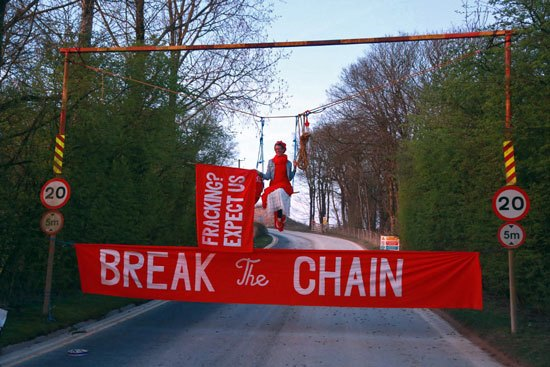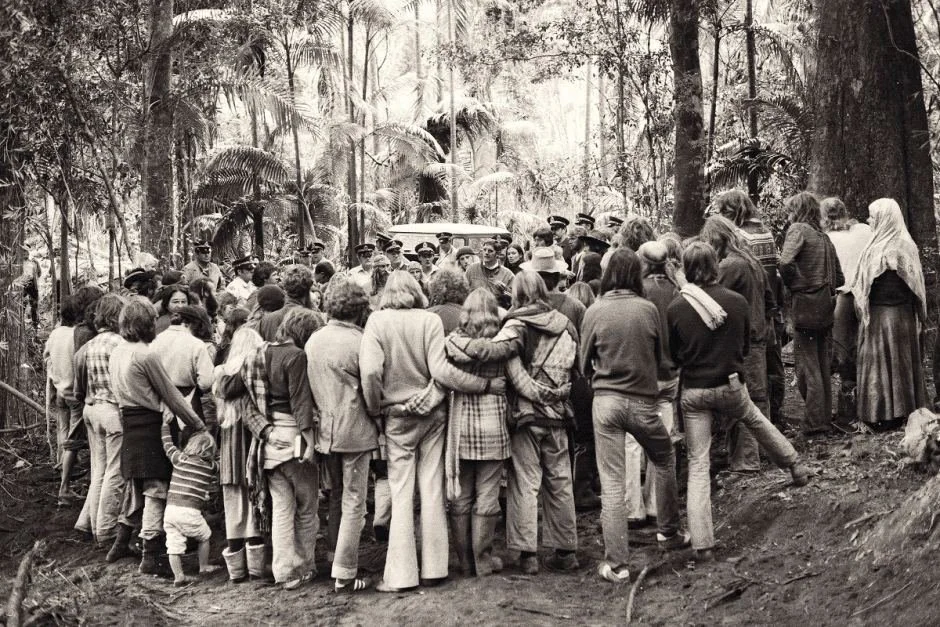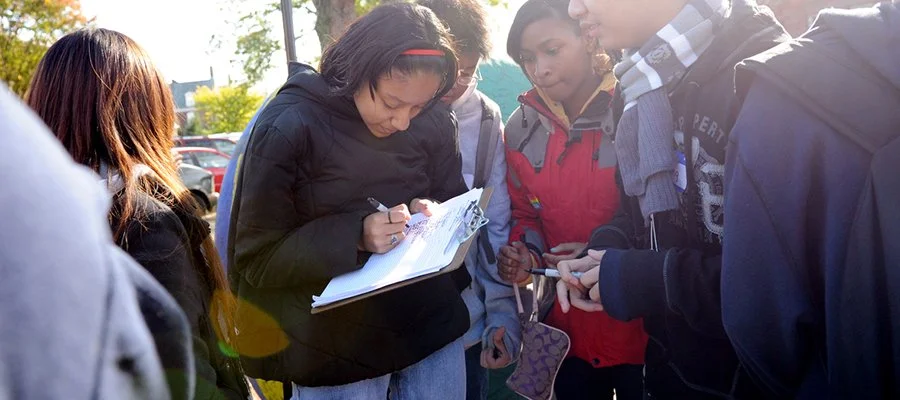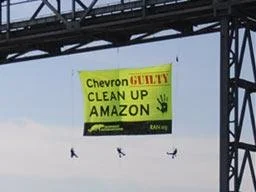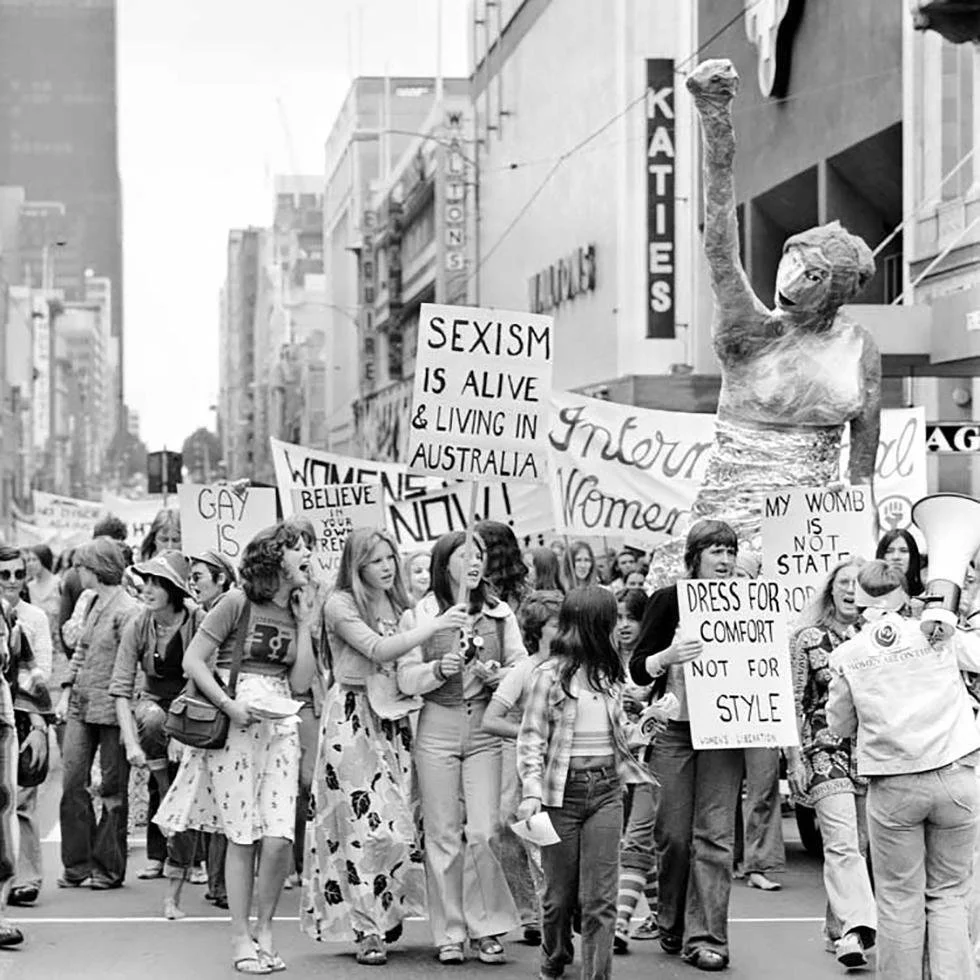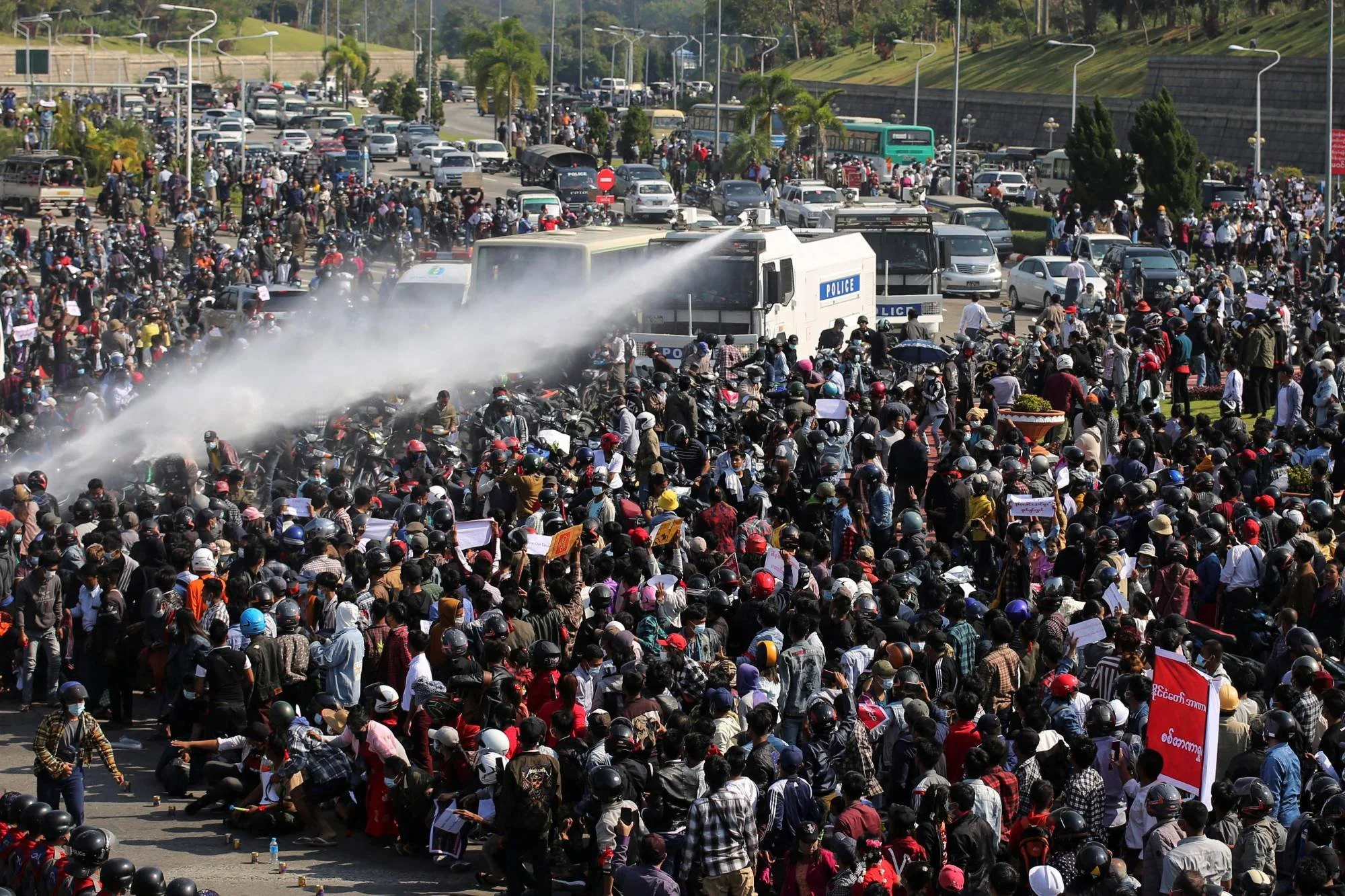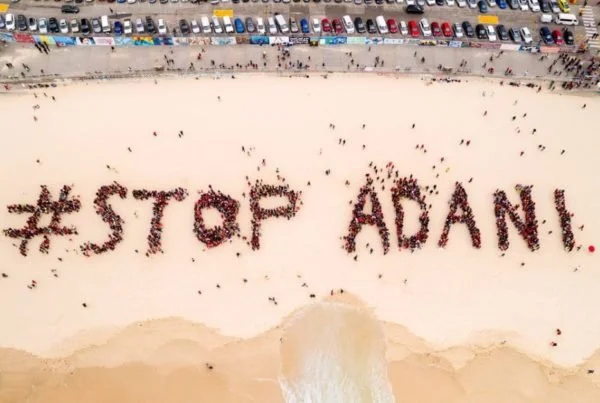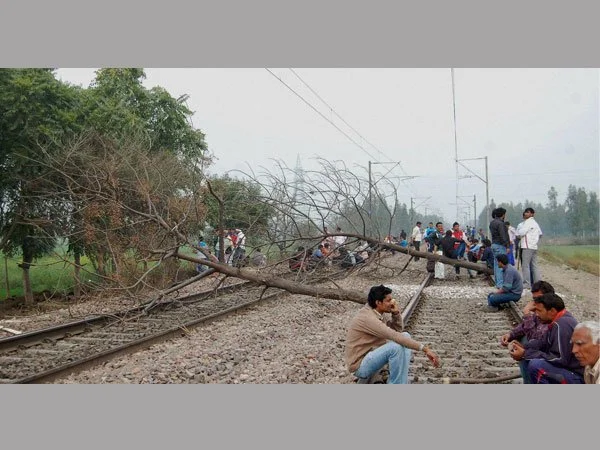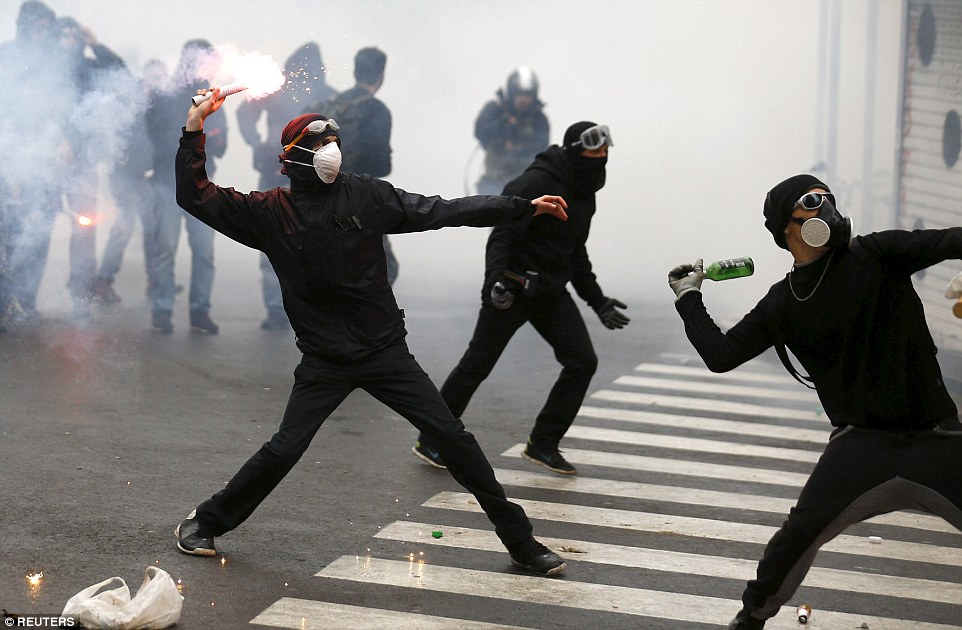Activist centre
"Activism comes in many different forms, both institutionalised and not, and all forms of activism can be effective in fighting against injustice. Direct action tactics can often compliment institutionalised forms of activism like campaigning and political lobbying. What is important is that more people learn how to be effective activists so that we can unite, organise and fight against injustice." -Jessica Williams, Founder of D.A.M
The Activist Centre starts here and includes three more pages; Starting an Affinity Group, What Type of Activism Suits You? and What’s Next For Your AG?. These pages are set up in a step-by-step process. Read through each page and at the bottom you will find a button which will take you to the next step.
Begin below with Categories of Activism.
Categories of Activism
Institutionalised activism
Activism is defined as a doctrine or practice that emphasises direct, vigorous action especially in support of, or opposition to, one side of a controversial issue. However, there are fundamental differences between institutionalised activism and direct action.
The verb “institutionalize/institutionalise” means to establish something, typically a practice or activity, as a convention or norm in an organisation or culture. Our elected leaders, past and present, and law enforcement have established numerous ways that we can protest within the limits of laws, regulations and policies. These institutions have instituted ‘norms’ for taking action, and this is why we refer to these forms of activism as ‘institutionalised’.
Tabling petitions, holding permitted events, protests, rallies and marches, campaigning for or against certain issues; these methods have their place and have the potential to produce important positive changes, but there may come a point in a movement or campaign where methods of institutionalised activism no longer bring about the desired and necessary outcomes.
D.A.M would like to acknowledge that many people cannot participate in direct action, whether it is nonviolent or not. Individuals are not at the same risks when participating in illegal activity. Marginalised people (women, disabled people, racial minorities) may be at much higher risks of harassment, violence, arrest and more. Furthermore, physical disabilities, poor mental health, financial problems and other circumstances may keep people from doing as much as they wish they could.
Institutionalised activism still has, and will always have, an important role within our society and within strategies for change. Support is beneficial for those that participate in direct action. Fundraising, technical support, media engagement, financial support, social media presence and so much more is needed for movements and campaigns to be successful. Everyone has a role and everyone can benefit social and environmental justice movements. Furthermore, a mix of tactics and forms of activism can often be used to reach desired goals.
The D.A.M crew regularly engages in political lobbying and have led numerous successful campaigns which did not include any forms of arrestable activism or NVDA. Changing laws through lobbying (and/or a mix of forms of activism) is a big deal and can enact positive change in an entire sector/state/country.
Community-building
When we look back through the history of successful campaigns and movements, we can see that there is at least one common thread that runs through all of them, and that is community-building. Methods of community-building are at the core of all justice movements whether it’s through people bringing food for protestors, groups door-knocking to raise awareness for a specific campaign, community-led support groups & services or from groups defending community members from violence. Community-building is at the core of what makes our society thrive. Marginalised communities (women and girls, racial minorities) have depended on community-building for connection, education, empowerment and survival throughout centuries of violent oppression.
Our human nature is one that longs for connection with our fellow human beings and we thrive and flourish when we have the support and encouragement of our peers. The oppressive systems and institutions that humans are forced to cope with have conditioned many of us to live in a solitary way that is contradictory to our human nature, but when we resist that conditioning and unite with others, we become stronger and more efficient as a community.
Civil disobedience
Civil disobedience, also called passive resistance, is the active, professed refusal of a citizen to obey certain laws of the state, and/or demands, orders, and commands of a government, or of an occupying international power. Although it is similar to, and can include methods of, direct action, civil disobedience is regarded as being passive, where opposition is shown through peaceful acts of political protest. Civil disobedience has played an incredibly important role throughout history, particularly for marginalised communities, and, to the contrary, direct action can include ‘violent’ actions that are outside of the scope of civil disobedience. Civil disobedience is a broad term that describes much of the actions you may be involved with as an activist.
Although civil disobedience is considered to be an expression of contempt for law, Martin Luther King Jr. regarded civil disobedience to be a display and practice of reverence for law; for as "Any man who breaks a law that conscience tells him is unjust and willingly accepts the penalty by staying in jail in order to arouse the conscience of the community on the injustice of the law is at that moment expressing the very highest respect for law.
Direct action
"Direct action" is a category of activism in which participants act directly, ignoring established (or institutionalized) political and social procedures. Operating within the boundaries of laws and demonstrating peacefulness are not elements of direct action. Examples of direct action are strikes, boycotts, sabotage, blockades, tree-sits, Black Bloc, obtaining secret footage, lock-on’s and riots or a combination of methods like a planned march + lock-on etc.
Direct action can have nonviolent and/or violent elements. Some activists may only participate in nonviolent forms of direct action, and others may choose to participate in more violent actions. Many activists may engage in both nonviolent and violent forms of activism at different times, and an individual’s perception of whether an action is nonviolent or violent is subjective and may be heavily influenced by their own unique experiences (perspective).
In a world where war, rape, famine, poverty, systemic incarceration, genocide and other inhumane acts exist (and even worse, these deplorable acts and occurrences are often done intentionally), violence could possibly be viewed as an offensive tactic/self-defence and a normal & acceptable response by some, especially if directed at a government, military or corporate body or at inanimate objects (i.e.: destruction of property).
Direct action originated as a political activist term for economic and political acts in which the actors use their (e. g. economic or physical) power to directly reach certain goals of interest, in contrast to those actions that appeal to others (e. g. authorities) by, for instance, revealing an existing problem, using physical violence, highlighting an alternative, or demonstrating a possible solution.
Nonviolent direct action
Nonviolent direct action (NVDA) is, at least loosely, based on MLK Jr.’s Principles and Steps of Nonviolence, however, NVDA can, and often will, look a lot different to civil disobedience. Nonviolent direct action is organised and strategic. There is a vast range of actions that any activist or AG can choose to engage in, each having the potential for a range of degrees of nonviolence/violence. This essentially means that there are a multitude of options in actions between peaceful/passive civil disobedience and violent direct action. Therefore, some NVDA actions, particularly ones that fall on the extreme ends of the aforementioned ranges, may seem ‘violent’ to members of the public and even to other activists. While violence is, for the most part, subjective to one’s own perspective, it is also a defined term, both generally and legally. The general definition of violence is:
‘behaviour involving physical force intended to hurt, damage, or kill someone or something.’
Violence, per definition, must not be used during actions if you/your AG members want to be nonviolent and have your activism remain nonviolent, too.
Examples of NVDA are tree-sits, lock-on’s, sit-ins (occupations), boycotts and strikes. If marches and certain other types of protests are done without permits/permission they may be considered direct action, rather than institutionalised, and would most likely be classified as NVDA.
If you/your AG find MLK Jr.’s Steps and Principles of Nonviolence too restrictive or passive, you will need to reflect on this and have discussions to determine what nonviolence means to each group member and if nonviolent direct action is the category of activism that suits you/your AG best (a mix may suit you better or you may find NVDA is just right, or another category of activism may be best suited for you/your AG). There is more information in this guide to assist people when dealing with this complex topic.
Why is nonviolence important?
Nonviolence is a way of living and a system of politics that depends on people actively creating justice and peace in their lives, and within their communities. Simply put, nonviolence is being kind to one another, lending a helping hand and creating equity within your daily life and your community by addressing injustice and wrongdoings, and ensuring there is rehabilitation, education and growth so that injustices do not repeat. Nonviolence requires us to be honest with ourselves about what type of person we are and how we can become better versions of ourselves. We must address the injustice that we perpetuate as well as the injustice that occurs within our communities.
The real causes of oppression that we all want to fight against are the economic and political institutions, policies and practices which support and encourage injustice. When it comes down to it, the majority of us are victims of these oppressive practices, policies and institutions on some level. This mentality is crucial to understanding, and being able to effectively engage in, nonviolence.
It is very important to note that ‘nonviolence’ is not the same for everyone. For some, a philosophical approach of loving their enemies, often including pacifism, is what nonviolence means. For others, nonviolence is a tactical approach only. They can and will feel however they want to about their enemies/opponents, but they commit to nonviolent tactics and methods during actions.
Violent Direct Action
While violence is, for the most part, subjective to one’s own perspective, it is also a defined term, both generally and legally. The general definition of violence is:
‘behaviour involving physical force intended to hurt, damage, or kill someone or something.’
The legal definition for this term and what constitutes violence, and to what degree punishment should extend to, will be different depending on where you live. You need to do your own research on what the law (legislation) says about violence and potential consequences.
No matter what our own views on violence/nonviolence may be, there are some tactics and actions used for activism that are violent, per definition. While nonviolent direct action is strictly strategic and organised, and calls for activists to consider the many potential outcomes for their actions, violent direct action may not be as organised and activists using violent direct action will most likely be much less concerned with the consequences of their actions for others.
An act of sabotage could be spontaneous or it could be a very well-planned and well-executed plan from an affinity group, but violent forms of direct action like riots, even if well-organised to begin with, can easily become chaotic and snowball out of control. If affinity groups or activists plan to be a part of a larger event with other activists/AG’s, it is best to have a plan of action to deal with emergencies or to have a Plan B if things go badly. There is more information on our website to assist with these types of situations and further information can be found here:
Anarchy
Anarchy refers to a society, entity, group of people, or a single person that rejects hierarchy or government. Anarchism is the idea that government (or the State) is unnecessary and actively harmful.
The Oxford dictionary defines anarchy as:
- a state of disorder due to absence or non-recognition of authority or other controlling systems.
- absence of government and absolute freedom of the individual, regarded as a political ideal.
Those definitions seem quite different, and there are now numerous interpretations and variations of anarchy and anarchist ideals. Anarchism is often considered a radical left-wing ideology that is reflective of anti-authoritarian interpretations of communism, collectivism and syndicalism. (Simply put - communism is an ideology and movement whose ultimate goal is establishing the communist society which focuses on common ownership and distribution of products, goods and services based on individual needs and abilities. Collectivism is the principle of giving priority to the ‘group’ as opposed to the individual and syndicalism is a movement that advocates direct action by the working class to abolish capitalism).
However, there are some that feel anarchy cannot be classified as being exclusively “left-wing,” especially when some anarchists have been seen to use violent tactics and/or support the suppression of free thought & speech and due to some anarchist’s and anarchist groups/spaces being misogynistic and, in some instances, physically harmful toward women.
Anarchists have typically been people who wish to live in a stateless society, whereas some socialists, liberals, and conservatives still believe in and wish to live under a government in some form. Anarchists can have many ideas about life without the state, including alternatives to government such as citizen’s assemblies, consensus decision making processes etc. and there may be anarchist/anarchist groups that organically form a hierarchy (one dependent on knowledge and experience).
Some people may base their activism on the common principles of anarchism, just as others may base their activism on the principles of nonviolence or on their own interpretations of justice/injustice.
You will learn more about each category of activism as you go through our website.




